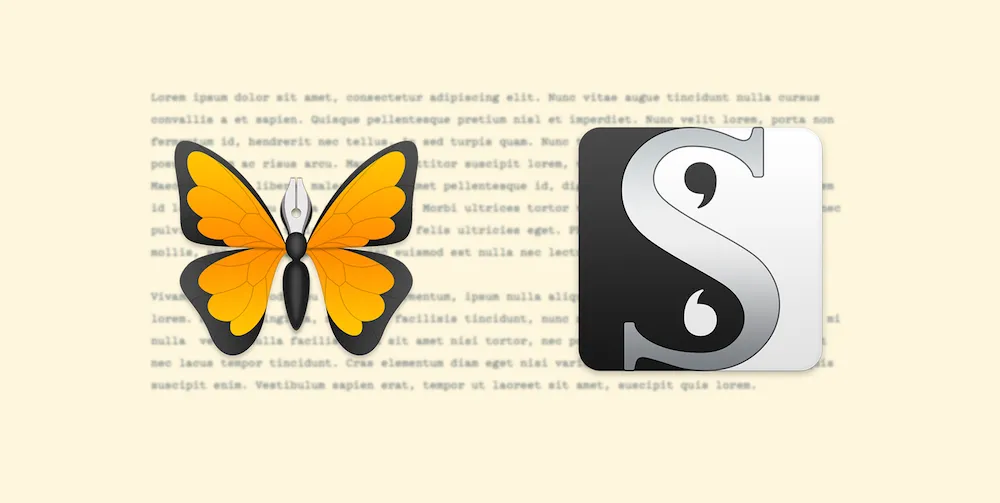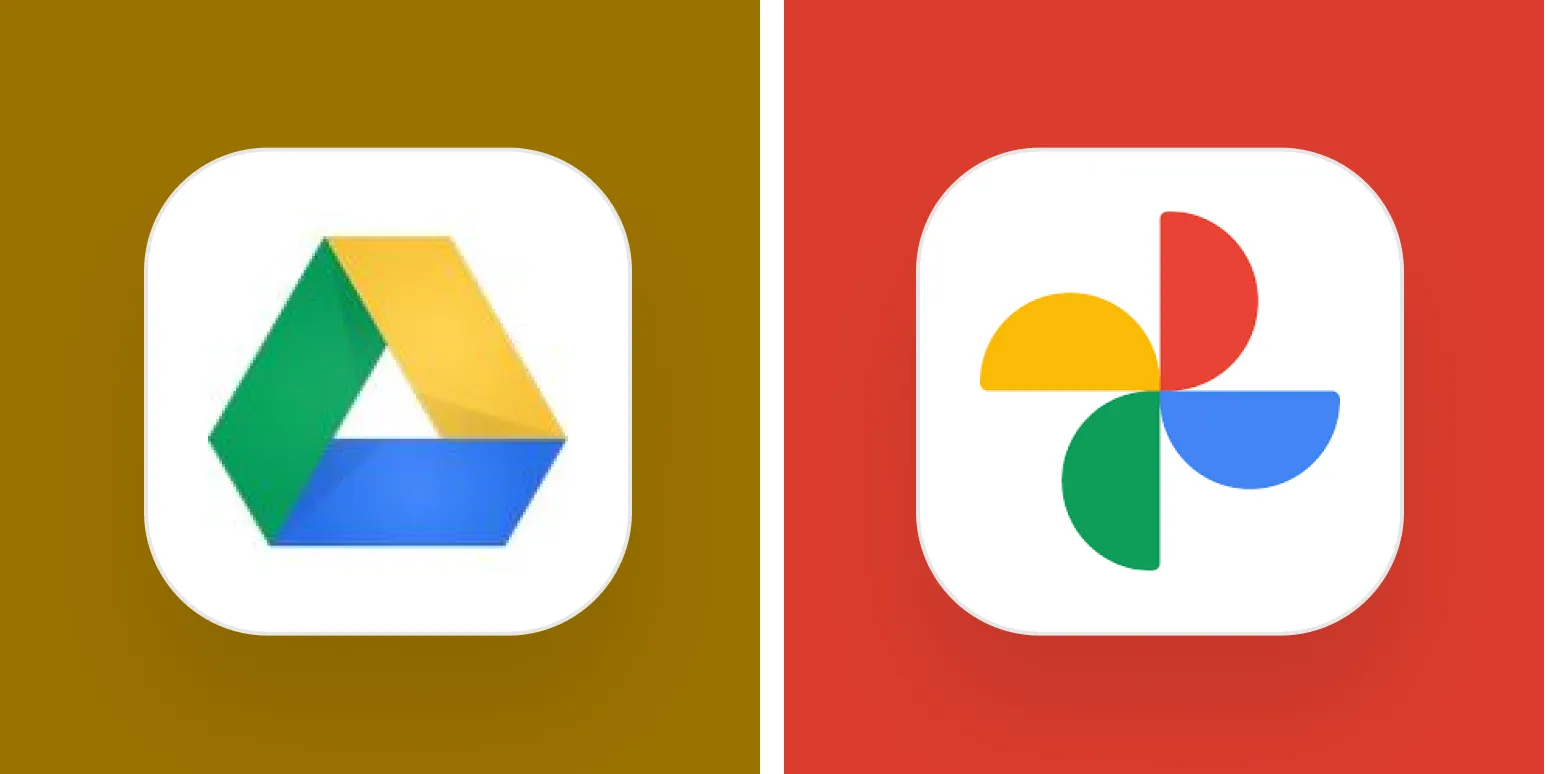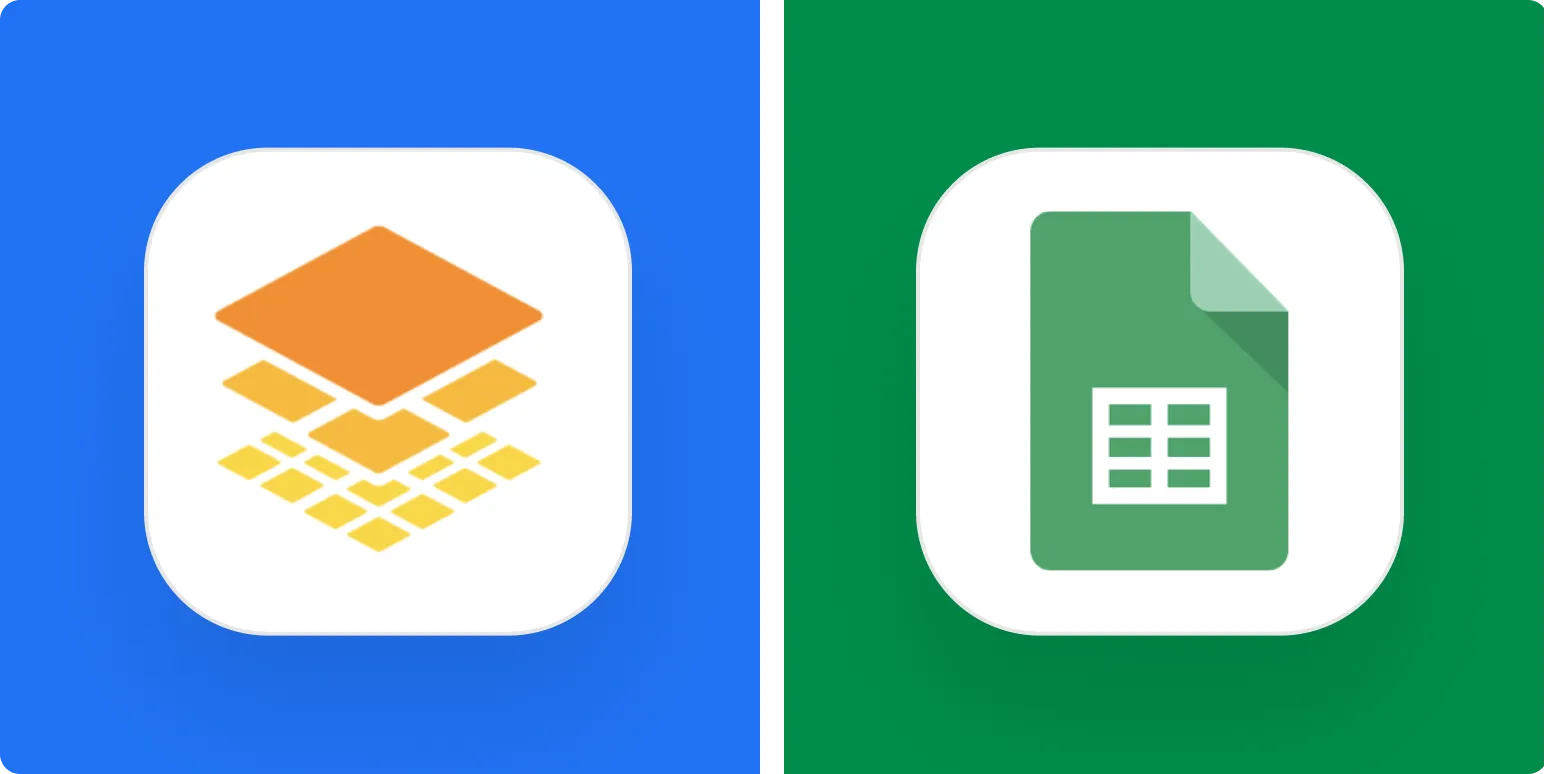In today's digital landscape, effective collaboration is essential for writers, marketers, and content creators. With the rise of remote work and global teams, utilizing the right online writing apps can significantly enhance productivity and streamline the writing process. In this article, we will explore some of the best online writing apps for collaboration, focusing on their features and benefits. Below is a comparison chart of some top choices.
Comparison Chart of Top Online Writing Apps
| App Name | Key Features | Best For |
|---|---|---|
| Google Docs | Real-time editing, comments, version history, and cloud storage | General collaboration and document sharing |
| Microsoft Word Online | Familiar interface, collaboration tools, and integration with OneDrive | Users accustomed to Microsoft products |
| Notion | Flexible workspace, templates, and project management features | Teams needing a multifunctional tool |
| Quip | Documents, spreadsheets, and chat all in one platform | Fast-paced teams and projects |
| Dropbox Paper | Rich media support, comments, and task management | Creative teams and brainstorming sessions |
1. Google Docs
Google Docs is one of the most widely used online writing apps for collaboration. Its real-time editing feature allows multiple users to work on a document simultaneously, making it easy to brainstorm ideas and edit content together. Users can leave comments, suggest edits, and view the document's version history, ensuring that everyone stays on the same page. With cloud storage, you can access your documents from anywhere, making it an ideal choice for remote teams.
2. Microsoft Word Online
Microsoft Word Online offers a familiar interface for users accustomed to the desktop version of Word. It provides a robust set of collaboration tools, allowing multiple users to work on a document at the same time. The integration with OneDrive makes sharing and storing documents seamless. This app is particularly beneficial for teams that already use Microsoft products, as it provides a smooth transition to online collaboration.
3. Notion
Notion is more than just a writing app; it's a versatile workspace that combines note-taking, task management, and database features. This makes it an excellent choice for teams that require a multifunctional tool. Users can create documents, wikis, and project boards, all while collaborating in real-time. Notion's flexibility allows teams to customize their workspace to fit their unique needs, making it a powerful tool for writers and content creators.
4. Quip
Quip stands out as an all-in-one collaboration tool that combines documents, spreadsheets, and chat functionalities. This app is designed for fast-paced teams that need to communicate and collaborate efficiently. Quip's integrated chat feature allows team members to discuss ideas directly within the document, streamlining the feedback process. This capability is especially useful for quick decision-making and real-time updates.
5. Dropbox Paper
Dropbox Paper is a collaborative writing tool that emphasizes creative brainstorming. It supports rich media, allowing users to embed images, videos, and links directly into their documents. The commenting feature enables team members to provide feedback and suggestions without disrupting the flow of writing. Dropbox Paper is ideal for creative teams looking to collaborate on projects that require visual elements, making it a favorite among marketers and designers.
Conclusion
Choosing the right online writing app for collaboration can significantly impact your team's productivity and overall success. Each of the apps discussed above offers unique features tailored to different needs, whether you're looking for a straightforward document editor or a multifunctional workspace. Google Docs and Microsoft Word Online are excellent for traditional writing tasks, while Notion and Quip cater to teams seeking comprehensive solutions for project management and collaboration. For those in creative fields, Dropbox Paper provides the flexibility needed for innovative brainstorming sessions.
Ultimately, the best choice will depend on your team's specific requirements and preferences. By leveraging these tools, you can enhance collaboration, improve communication, and streamline your writing process, ensuring that your content creation is both efficient and effective.





